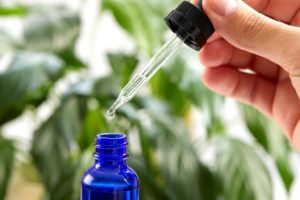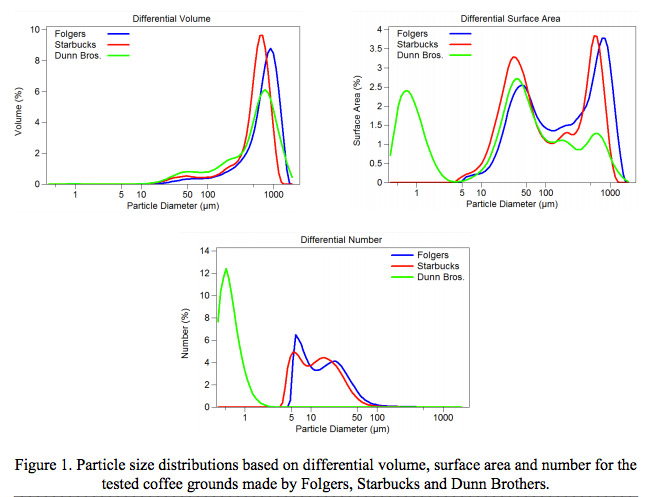- Lab Services
- Surface Roughness & 3D Topography
- Chemical
- Color Measurement
- Contact Angle
- Gloss Measurement
- Liquids
- Mechanical
- Abrasion
- Contact Stylus Surface Roughness Analysis
- Depth Profiling
- Express Property Mapping through Accelerated Nanoindentation
- Macroscratch
- Microindentation
- Microscratch
- Modulus Mapping
- NanoDMA
- Nanoindentation
- Nanoscratch
- Rheology
- Scratch Testing ISO 1518
- Shore A and Shore D Hardness
- Universal Testing Machine
- Metallurgy
- Microscopy
- Particle Size
- Peel Strength
- Pore Size
- Technical Consulting
- Thermal
- Tribological
- X-Ray Diffraction
- Zeta Potential
- Products
- Industries
- Resources
- About Us
- Testimonials
- Contact Us


 Food and beverages can be comprised of thousands of different materials. It is important to know the properties of consumables in order to ensure that it is both safe and desirable to ingest. At Ebatco, a team of professionals will run the material tests needed to have confidence in manufactureded food or beverage. Our professional report will numerically and graphically show accurate results for all desired tests.
Food and beverages can be comprised of thousands of different materials. It is important to know the properties of consumables in order to ensure that it is both safe and desirable to ingest. At Ebatco, a team of professionals will run the material tests needed to have confidence in manufactureded food or beverage. Our professional report will numerically and graphically show accurate results for all desired tests.

